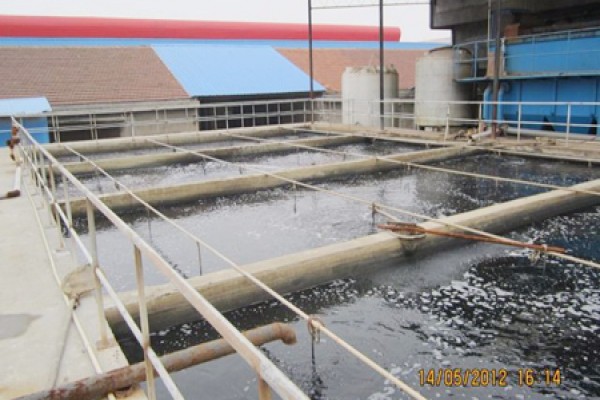How to apply deodorant purification technology in electroplating waste gas treatment?
Electroplating waste gas causes significant damage to the environment, human health, and the analysis of the harmfulness of electroplating waste gas is also the premise and foundation of electroplating waste gas management.
The damage of electroplating waste gas to the human body is mainly manifested in the damage to the respiratory tract, eyes, and skin. Some electroplating waste gases are colorless and odorless, causing long-term chronic damage to the respiratory tract. Through gradual accumulation and exceeding the limit, they can lead to diseases such as bronchitis, bronchial asthma, lung cancer, and liver cancer. The hydrogen chloride and acid-base mist emitted from electroplating processes can have irritating effects on the human eyes and skin, leading to symptoms such as redness and dermatitis.
Electroplating waste gas also causes damage to plants and buildings. The sulfur dioxide and nitrogen oxides emitted by electroplating processes have harmful effects on plant growth in the air, and even kill plants. If acid rain forms again, it will also cause corrosion, rust, and oil to the buildings. In addition, electroplating waste gas can also cause damage to electroplating products. For example, in the electroplating workshop, too much acid, alkali mist, dust, etc. can have varying degrees of impact on the purity of electroplating equipment and materials.
The main types of electroplating waste gas include hydrogen chloride, chromic acid mist, sulfuric acid mist, nitrogen oxides, hydrogen cyanide, as well as some dust gases and alkaline gases, which cause significant environmental damage. The current commonly used management methods start from the optimization of the source process on one hand, and on the other hand, the purification equipment and exhaust system of the device are combined with the use of deodorant absorption liquid, which needs to be summarized and considered in a coordinated manner for treatment.

Select different exhaust systems based on the characteristics of electroplating waste gas emissions, production conditions limitations in factory workshops, and methods of harmful waste gas emissions. In a workshop, partial exhaust methods are generally chosen due to factors such as unstable sources of air and multiple emission points. Monitor the gases from these partial exhaust methods. If they meet the emission standards, they can be directly discharged into the atmosphere. If they exceed the emission standards, the exhaust gas needs to be introduced into the purification system. At the point where harmful waste is discharged, the exhaust gas needs to be collected directly and discharged outdoors through the ventilation system. In order to ensure the balance of air pressure in the workshop, mechanical ventilation is also necessary to ensure that the indoor air quality meets the standards.
The purification of acidic waste gas from electroplating mainly involves spraying the acidic waste gas with a three-level alkaline solution, and then discharging it through the chimney. When using this method to absorb acidic waste gas, a closed cover is installed on the vacuum pump to discharge the gas in the workshop and enter the spray tower with packing. Then, a deodorant product is added to the circulating water of the spray tower. Deodorants can quickly undergo chemical reactions such as polymerization, substitution, displacement, and adsorption with various harmful and odorous molecules. The product is neutral, non flammable, non corrosive, and non secondary pollution. It is an effective product for removing waste gas, odor, and odor. The power to purify acidic waste gas by this process can reach over 85%.
The article originates from a deodorant manufacturer http://www.scneng.com.hk
-
06-11
"Environmental Doctor" Du Siyuan: Environmental Protection is a Lifestyle Attitude
There is a Hong Kong compatriot in Jiangmen who often frequents various farms and plantations, walks in mechanical factories, and is seen by others as the nemesis of environmental problems. He conside
-
03-16
Deodorant manufacturer: Deodorants reduce soil pollution
Waste is a chaotic mixture of various components. The accumulation of debris on the surface of soil can cause some chemical reactions, releasing harmful gases, which can lead to soil pollution and eve
-
12-01
Deodorant Manufacturers: Differences between Microbial Deodorants and Traditional Deodorants
The waste that is not needed in our daily life and work is called waste. Due to the large amount of waste discharged and the complex categories, there are great difficulties in reducing waste and deod
-
11-08
Application of Deodorant Manufacturers in Domestic Waste Treatment
Garbage is the waste generated in everyone's daily life and work. Due to its large discharge volume and complex and diverse composition, it poses great difficulties in reducing and deodorizing wa
